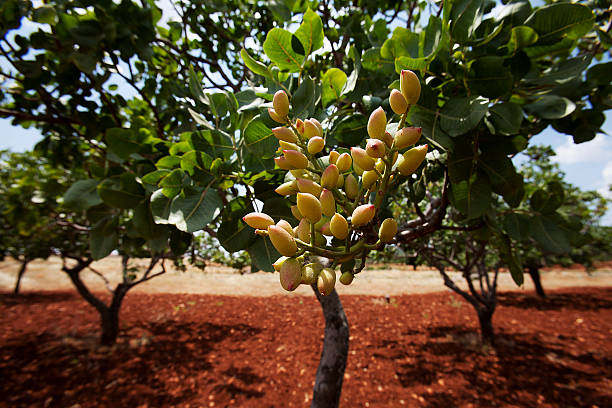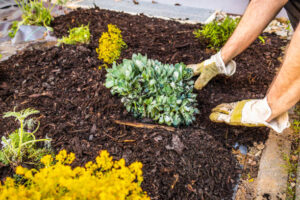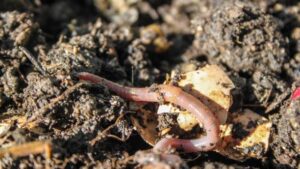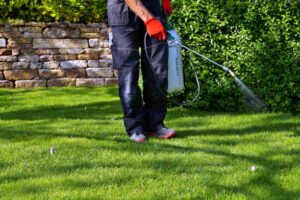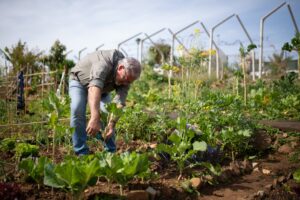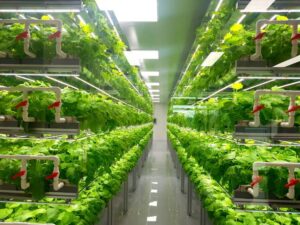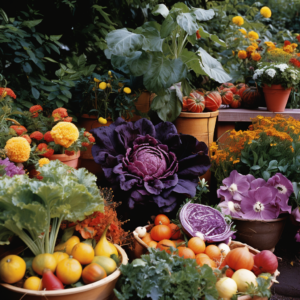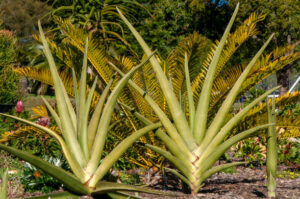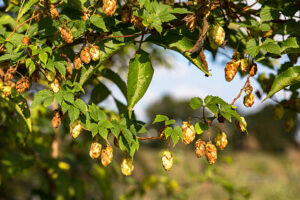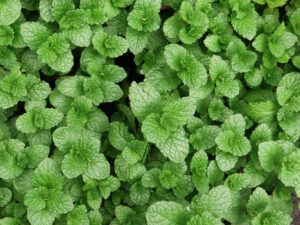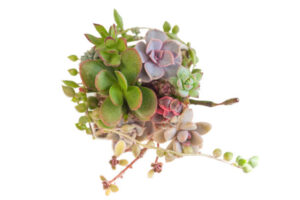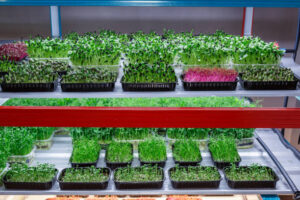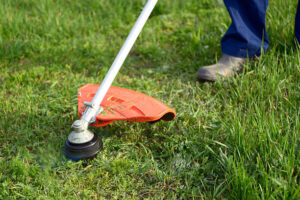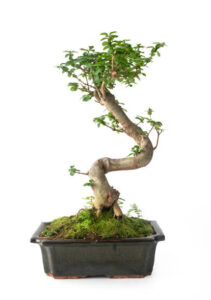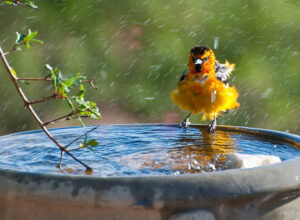Pistachio Tree Care: Growing Your Own Nutty Delights
Introduction
Few things rival the joy of harvesting your own fresh nuts, and pistachios offer a particularly delightful treat. Whether you’re a seasoned gardener or a novice enthusiast, cultivating your own pistachio tree can be a rewarding endeavor. With the right knowledge and care, you can enjoy a bountiful harvest of these flavorful nuts right in your own backyard. Let’s explore the ins and outs of pistachio tree care and embark on a journey to growing your own nutty delights.
Understanding Pistachio Trees
Pistachio trees (Pistacia vera) are deciduous trees native to regions with hot, dry climates, such as the Middle East and Central Asia. These trees are prized for their delicious and nutritious nuts, which are rich in healthy fats, protein, and essential nutrients. Pistachio trees are dioecious, meaning they have separate male and female trees, with only the female trees producing nuts.
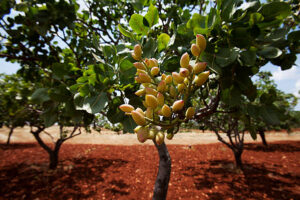
Tips for Growing Pistachio Trees
Choose the Right Location: Select a sunny location with well-drained soil for planting your pistachio tree. These trees thrive in warm climates and require plenty of sunlight to produce healthy nuts.
Select the Right Variety: Choose a pistachio tree variety that is suited to your climate and growing conditions. Some varieties are more cold-hardy than others, so be sure to research which ones are best for your area.
Plant Properly: When planting your pistachio tree, dig a hole slightly larger than the root ball and loosen the soil to encourage root growth. Plant the tree at the same depth it was in the nursery container and backfill the hole with soil, gently tamping it down around the base of the tree.
Provide Adequate Water: While pistachio trees are drought-tolerant once established, they require regular watering during their first few years to become established. Water deeply and infrequently, allowing the soil to dry out between waterings to encourage deep root growth.
Fertilize Regularly: Apply a balanced fertilizer formulated for fruit and nut trees in early spring before new growth begins. Follow the manufacturer’s instructions for application rates and timing to ensure healthy growth and nut production.
Prune Annually: Prune your pistachio tree annually during the dormant season to remove dead or diseased branches and shape the tree for optimal growth and nut production. Avoid heavy pruning, as this can reduce the tree’s ability to produce nuts.
Protect Against Pests and Diseases: Keep an eye out for common pests and diseases that can affect pistachio trees, such as aphids, mites, and fungal infections. Monitor your tree regularly and take appropriate measures, such as applying insecticidal soap or fungicides, to prevent infestations and infections.
Harvest Carefully: Pistachio nuts are ready for harvest when the hulls split open and the nuts inside are fully ripe. Harvest carefully by shaking the tree or using a mechanical shaker to dislodge the nuts from the branches. Remove the hulls and allow the nuts to dry thoroughly before storing or enjoying.
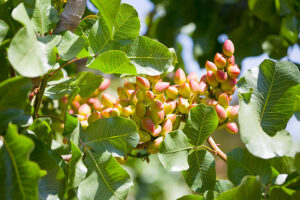
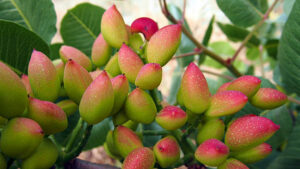
Conclusion
Growing your own pistachio tree can be a gratifying experience that rewards you with a bounty of delicious nuts year after year. By providing the proper care and attention, you can ensure that your pistachio tree thrives and produces an abundant harvest of nutty delights for you to enjoy. Whether you’re a backyard gardener or a homesteading enthusiast, cultivating pistachio trees is a worthwhile endeavor that brings the satisfaction of growing your own food and the pleasure of indulging in nature’s bounty. So roll up your sleeves, dig in the dirt, and get ready to savor the nutty goodness of homegrown pistachios!

